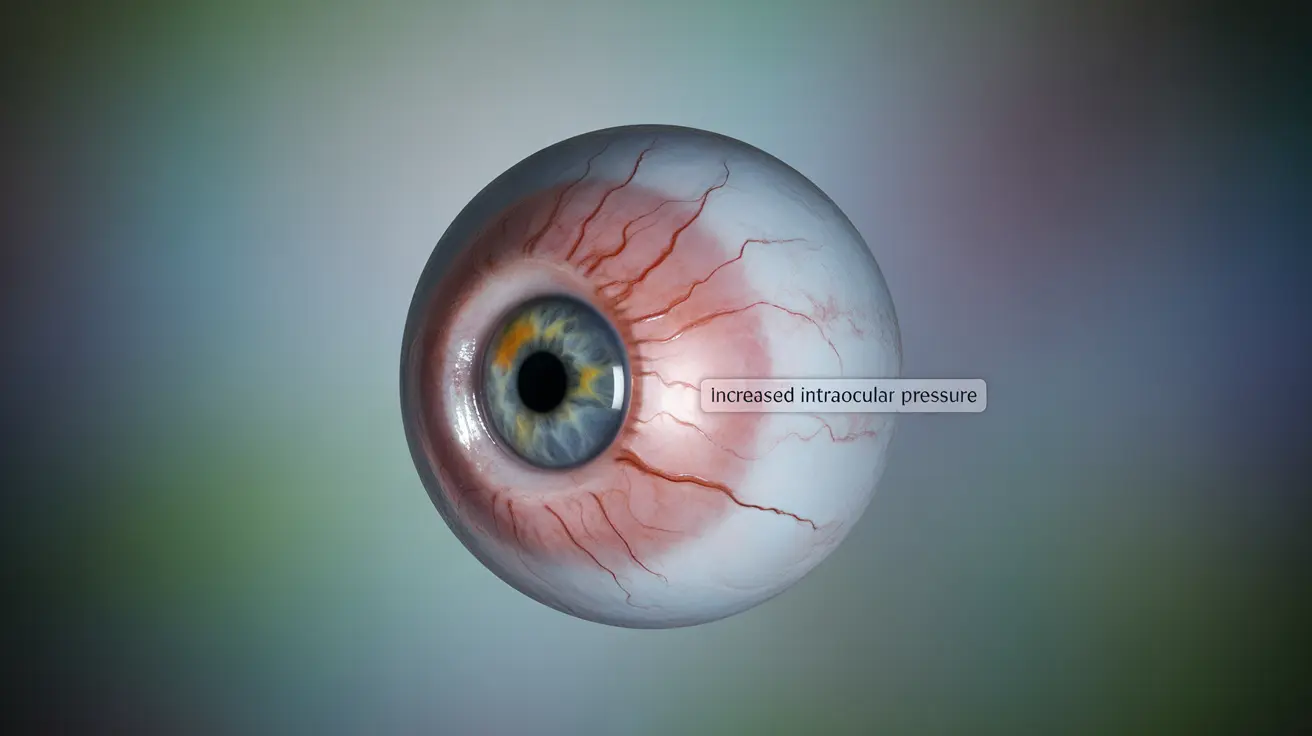If you're experiencing blurry vision while taking prednisone, you're not alone. This common corticosteroid medication, while effective for treating various inflammatory conditions, can sometimes affect your vision. Understanding these effects and knowing what to expect is crucial for anyone taking prednisone or similar steroids.
Vision changes from prednisone can be concerning, but having accurate information about potential side effects, their duration, and when to seek medical attention can help you manage these symptoms effectively. Let's explore what you need to know about prednisone-related vision changes and their typically temporary nature.
Understanding Prednisone's Effects on Vision
Prednisone can affect your vision in several ways, primarily due to its impact on fluid retention and eye pressure. Most vision changes occur gradually and may include blurred vision, difficulty focusing, or increased sensitivity to light. These effects typically develop during treatment and can vary in severity depending on your dosage and duration of use.
Common Vision Side Effects
While taking prednisone, you might experience:
- Temporary blurred vision
- Changes in visual acuity
- Difficulty focusing on near objects
- Increased eye pressure
- General visual disturbances
Recovery Timeline for Vision Changes
The good news is that most vision changes associated with prednisone are temporary. Once you stop taking the medication or reduce the dosage under medical supervision, vision typically returns to normal within a few weeks. However, the exact timeline can vary depending on several factors, including how long you've been taking the medication and your individual response to it.
Serious Eye Complications to Watch For
While temporary vision changes are common, prednisone can occasionally lead to more serious eye conditions that require medical attention:
Glaucoma Risk
Long-term prednisone use can increase intraocular pressure, potentially leading to glaucoma. This condition requires proper monitoring and management by an eye care professional.
Cataract Development
Extended steroid use may increase your risk of developing cataracts. Regular eye examinations can help detect early signs of cataract formation.
Monitoring and Prevention Strategies
To protect your eye health while taking prednisone:
- Schedule regular eye examinations
- Report any vision changes to your healthcare provider promptly
- Follow your prescribed dosage carefully
- Never stop taking prednisone suddenly without medical supervision
Frequently Asked Questions
Does blurry vision caused by prednisone usually go away after stopping the medication?
Yes, blurry vision caused by prednisone typically resolves within a few weeks after discontinuing the medication or reducing the dose. However, always consult your healthcare provider before making any changes to your medication regimen.
What are the common eye side effects of prednisone and how can they affect vision?
Common eye side effects include blurred vision, difficulty focusing, increased pressure in the eyes, and light sensitivity. These effects occur due to fluid retention and changes in eye pressure caused by the medication.
When should I seek medical help if I experience blurry vision while taking prednisone?
Seek immediate medical attention if you experience sudden vision changes, severe eye pain, significant blurring, or if vision problems persist or worsen. These could indicate serious complications requiring prompt evaluation.
How does prednisone increase the risk of glaucoma or cataracts and what symptoms should I watch for?
Prednisone can increase eye pressure and affect the lens of the eye, potentially leading to glaucoma or cataracts. Watch for symptoms like gradual vision loss, halos around lights, eye pain, or cloudy vision.
How often should I have eye exams while using prednisone or corticosteroids to monitor vision changes?
Most healthcare providers recommend regular eye exams every 6-12 months while on long-term prednisone therapy. However, more frequent monitoring may be necessary based on your individual risk factors and symptoms.




